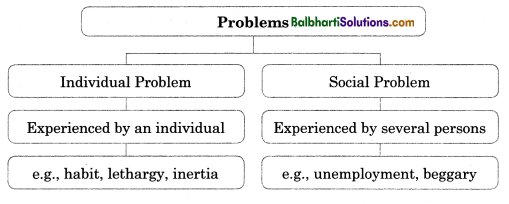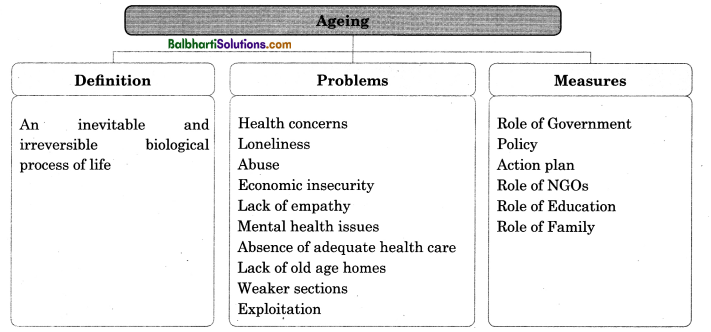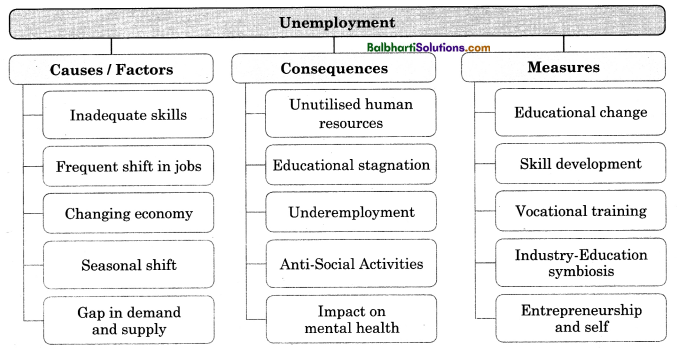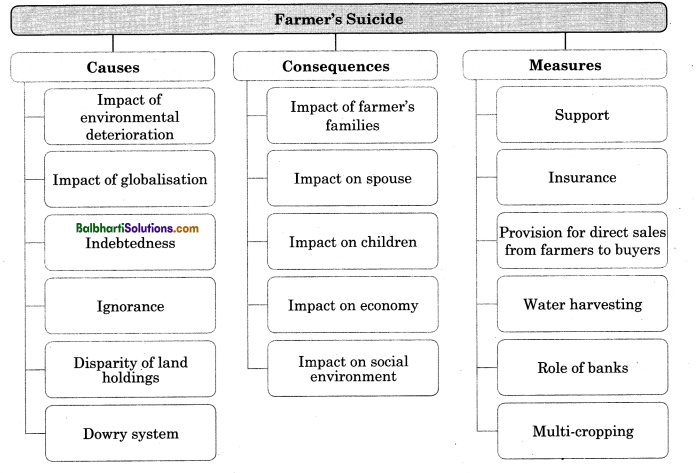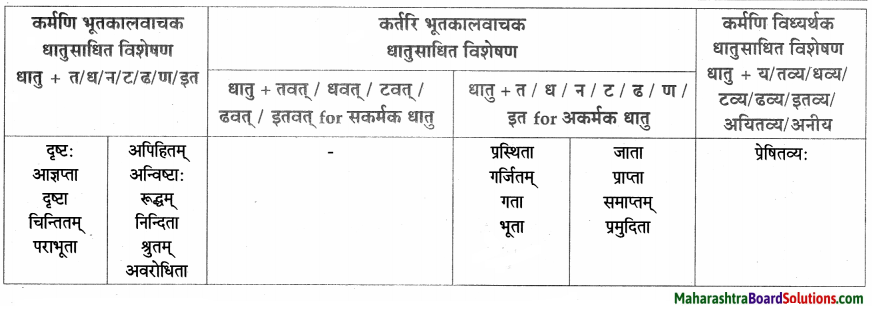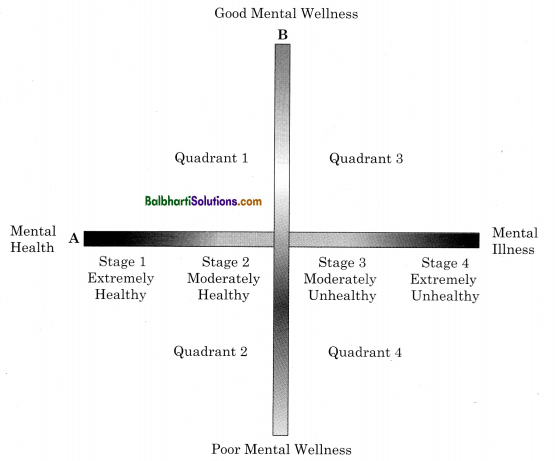By going through these Maharashtra State Board Class 11 History Notes Chapter 15 India During Mughal Period students can recall all the concepts quickly.
Maharashtra State Board Class 11 History Notes Chapter 15 India During Mughal Period
Mughal rule in India:
In the beginning of the 16th century, the political condition in India was somewhat disturbed. The Sultanate rule had begun to decline after Muhammad Tughluq. The Delhi Sultanate broke down completely and many new independent kingdoms emerged in the North, Central and South India. The Bahamani kingdom got divided into five branches. The prosperous Vijaynagar empire was destroyed by the five Islamic ruling houses in the South.
The Indians were not familiar with modern weaponry. Taking advantage of all this, the Mughals established their rule in India. The grand army of Ibrahim Lodi could not survive in front of Babur in the battle of Panipat. Babur defeated Ibrahim Lodi. Babur established his rule in Delhi.
The Rajput kings came together under the leadership of Mewar King Rana Sangha to counter him. Babur defeated the Rajputs in the Battle of Khanwa. After Babur, his elder son Humayun ascended the throne. After Humayun, his son Akbar ascended the throne. He proved to be the greatest Mughal Emperor because of his qualities such as high intelligence, tolerance, firmness and courage.
![]()
Reforms in revenue system:
Akbar made further reforms in the revenue system implemented by Shershah Sur. This bought a certain discipline in the Mughal revenue system. He graded the cultivable land-based on systematic land survey. The land was classified into four types on the basis of annual yield, i.e, fertile (supik), infertile (napik), irrigated (bagayat) and dry crop (jirayat) land. Individual land holdings of farmers were registered.
Art, architecture, literature:
Art: The reign of the three emperors, Akbar, Jahangir and Shahjahan was a period of peace, order and prosperity. A new era began in the field of art and architecture. The etched designs on the marble walls of mosques, tombs and palaces are an evidence of the highly advanced styles of art and architecture. The carved designs on the tombs of Salim Chisti at Fatehpur Sikri and Taj Mahal are its paramount examples.
During the period of Jahangir, paintings were done based on the court and hunting scenes. The paintings of this period were done in a more realistic style, which is vibrant and attractive.
Architecture: The architectural style during Sultanate period had great implements on strength and simplicity. But during the Mughal period, the focus shifted to aesthetics. During the period of Babur, the Kabulbag Mosque at Panipat and Jama Masjid at Sambhal in Uttar Pradesh were built in Persian style.
The city of Fatehpur Sikri was set up during Akbar’s period. Later the buildings like Jama * Masjid, Buland Darwaza were built in Fatehpur-Sikri. Akbar built the important forts like Agra Fort, Lahore Fort, Allahabad Fort, and Attock Fort. The use of Red stone and marble, huge domes, arches were the salient features of the architecture of this period.
The period of Shahjahan was the most glorious period of Mughal architecture. ‘Diwan-i-Aam’ and ‘Diwan-i-Khaas’ in Red Fort, ‘Jama Masjid’, ‘Moti Masjid’, were built during his period. The ‘Taj Mahal’ of Agra built by him is incomparable and immortal. Later, the Mughal architecture began to decline.
![]()
Literature: During the Mughal period excellent literature was created in Persian language. Babur himself knew Persian and Turkish languages. His autobiography known as ‘Baburnama’ is well-known. Another important text is ‘Tarikh-i-Rashidi’ by Mirza Hyder wrote during the period of Humayun. Akbar got many Sanskrit texts translated in Persian which include ‘Rajatarangini’, ‘Lilavati’, ‘Ramayana’, ‘Mahabharata’, ‘Harivamsh’ and ‘Panchatantra’.
Abul Fazal wrote the famous Akbarnama’ and ‘Ain-i-Akbari’. Dara Shukoh, the son of Shahjahan, was a Sanskrit scholar. He translated text of several Upanishada texts in Persian language from Sanskrit. Among them Khafi Khan’s ‘Tarikhi-Khafikhan’ is well-known.
Trade, industries, social life:
During the Mughal period, the transportation of goods within the empire had become speedy. New highways were built for internal trade. Highways were built from Agra to Kabul, Kandahar, Khambayat, Burhanpur and Bengal. The foreign trade via sea route was mainly carried out from the ports on western coast such as Khambayat, Bharuch, Surat, Dabhol and Calicut.
The Indian merchants traded with merchants from Arabia, Iran, China, Armenia and some countries of European continent. Silk, carpets, indigo, leather items, sugar, ginger, asafoetida, precious stones and many such items were exported to foreign countries from India. The goods imported to India included gold, silver, horses, China silk etc.
During the Mughal period, most of the population stayed in villages. Every village was self-sufficient. The law and order was managed and the daily needs were met at the village level. During this period, there were no major changes in the social organisation which was based on caste system.
Mughal Empire and Deccan:
During the rule of Babur and Humayun boundaries of the Mughal empire had no extended beyond North India. The main ruling powers to the South of river Narmada were Sultan of Khandesh, Nizamshahi of Ahmednagar, Adilshahi of Bijapur and Qutubshahi of Golconda.
In 1595 C.E. Akbar seized the fort of Ahmednagar. During that time, Chand Sultana (Chandbibi), the daughter of Nizamshah, successfully resisted the attack with courage and intelligent strategies.
During the period of Shahjahan, the Nizamshahi kingdom declined. Later, Aurangzeb was successful in uprooting them completely.
![]()
Glossary:
→ Descendant – Someone related to a person who live at an earlier time.
→ Aesthetics – Concerned with beauty or art.
→ Strategies – Set of plans to achieve something.
